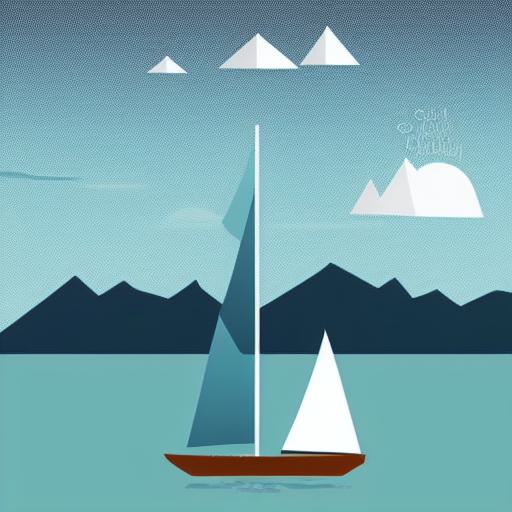Flat illustration
Flat illustration is a popular style of digital illustration characterized by its simplified and minimalist design. It often features bold and vibrant colors, simple shapes, and a clean and uncluttered composition.
In contrast to traditional illustrations, which may include depth, texture, and shading to create a sense of realism, flat illustrations aim to convey information in a clear and straightforward manner. They are commonly used in user interfaces, infographics, logos, and other types of visual communication.
Flat illustration has become increasingly popular in recent years, in part because of its versatility and ability to adapt to a wide range of design contexts. It is also well-suited for use in responsive design, as it can be easily scaled and modified to fit different screen sizes and resolutions.
Origin of flat illustration
Flat illustration has its roots in the modernist art movement of the early 20th century, which emphasized simplicity and clarity in design. It has since evolved to encompass a wide range of styles and techniques, from minimalist vector graphics to hand-drawn sketches with flat colors.
One of the key features of flat illustration is its use of geometric shapes and bold, saturated colors. This makes it highly effective for creating eye-catching visuals that can easily grab the viewer’s attention. Flat illustration can also be used to convey complex information in a clear and concise way, making it a popular choice for infographics and other data-driven designs.
Another advantage of flat illustration is its adaptability to different media and design contexts. Whether used in print or digital media, flat illustrations can be easily scaled and modified to fit a variety of design needs. They are also well-suited for use in responsive design, as they can be adjusted to fit different screen sizes and resolutions without losing their visual impact.
Flat illustration is a versatile and effective style of digital illustration that can be used to create visually engaging and informative designs across a wide range of contexts.
What is AI-generated art?
AI-generated art is a term used to describe artwork produced using artificial intelligence algorithms. This approach enables quick and efficient creation of images, offering several advantages over traditional art-making methods. AI-generated art allows artists to experiment with different styles and techniques and customize designs to meet specific requirements. Additionally, this technique promotes diversity and inclusivity within the art world by providing a platform for artists from diverse backgrounds to express their unique experiences and perspectives.
Designers can easily incorporate AI-generated art into their projects using various online tools such as Visual Paradigm Online. Artists can also create their own AI-generated art through websites like Stable Diffusion, Midjourney, or Dalle 2, which offer virtually limitless creative possibilities.
How to create this prompt?
The prompt starts by describing the main subject of the image: “one sailboat in a lake with mountains.” This sets the scene and provides a clear visual reference point for the algorithm to work with. The use of specific details, such as the sailboat and the mountains, helps to guide the algorithm towards creating a cohesive and recognizable image.
The next part of the prompt describes the style and technique of the image: “vector art inspired by Emiliano Ponzi, behance contest winner, digital art, flat 2 d vector art, landscape of geometric shapes, simple and clean illustration.” These details provide a clear direction for the algorithm in terms of the visual style and techniques to use. The use of vector art and flat 2D design, for example, guides the algorithm towards creating a simplified and stylized image, while the emphasis on geometric shapes and a clean aesthetic further reinforces this style.
The prompt also includes information about the context of the image: “behance contest winner.” This provides additional information to the algorithm about the intended use and audience of the image. For example, if the image is intended to be used in a contest, the algorithm might prioritize creating a visually striking and memorable image.
Overall, the different parts of the prompt work together to guide the algorithm towards creating a specific type of image that meets the desired style, technique, and context.


